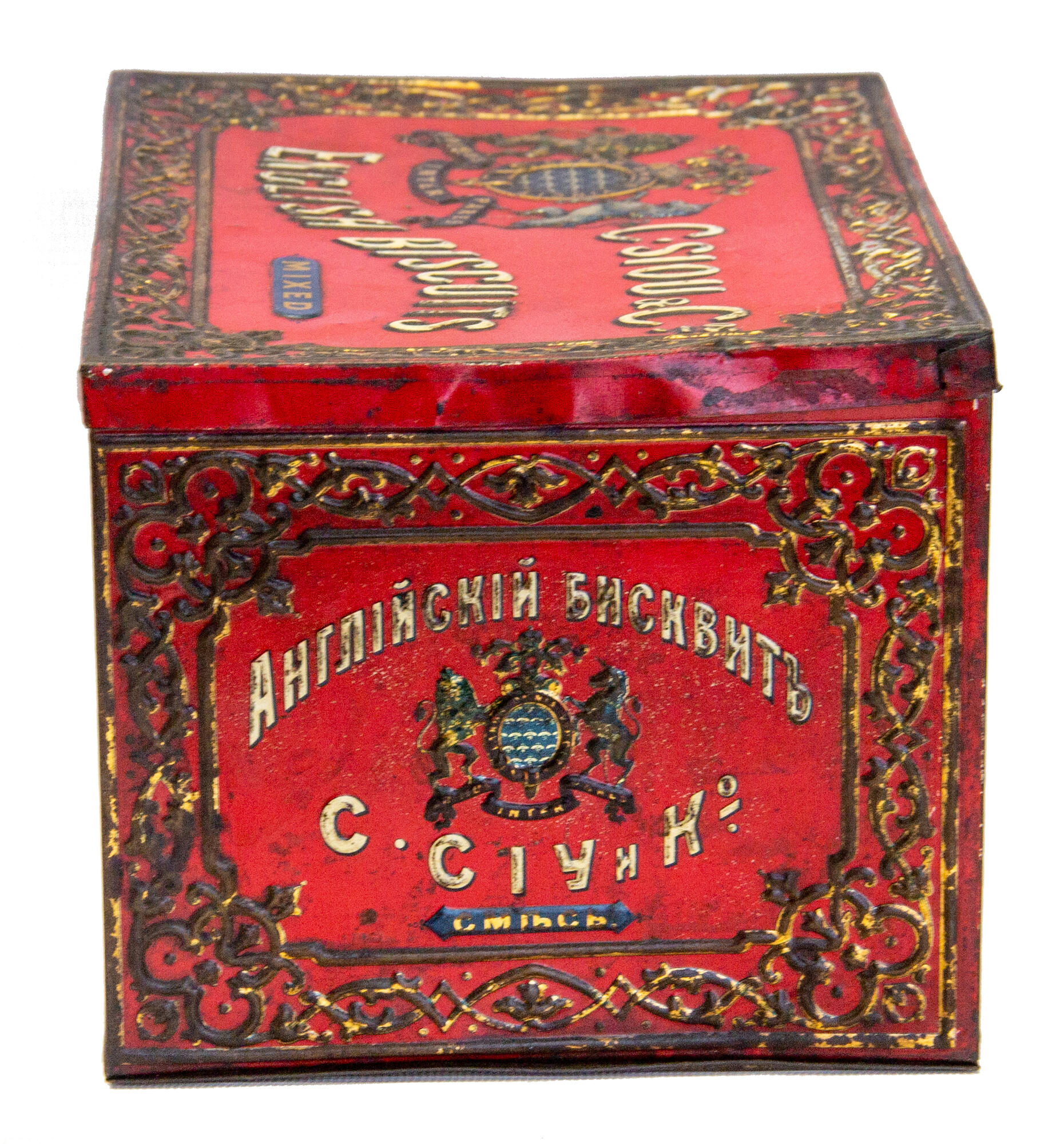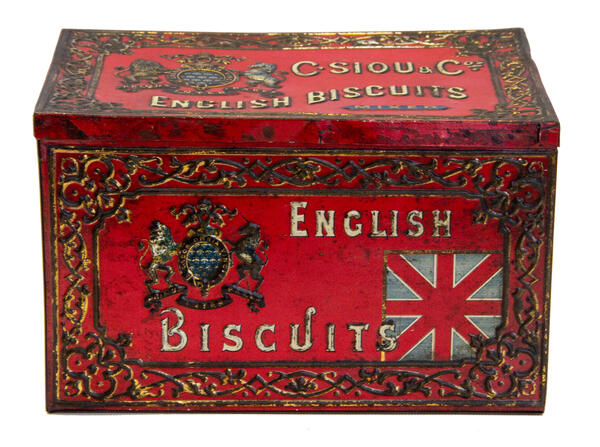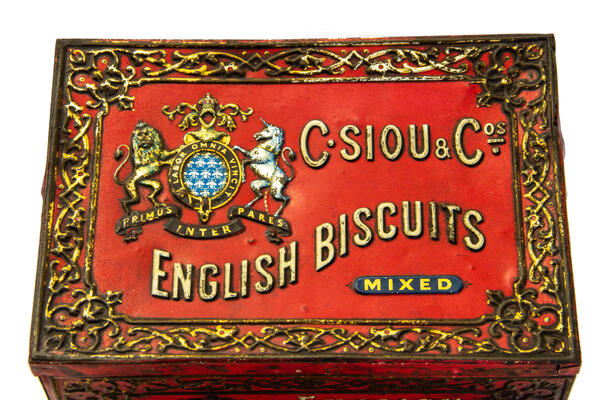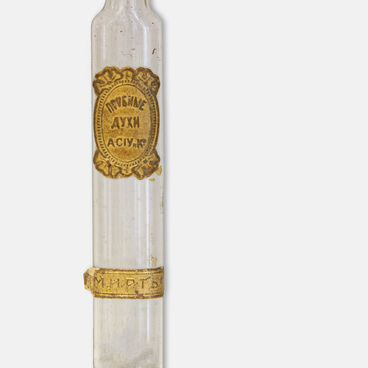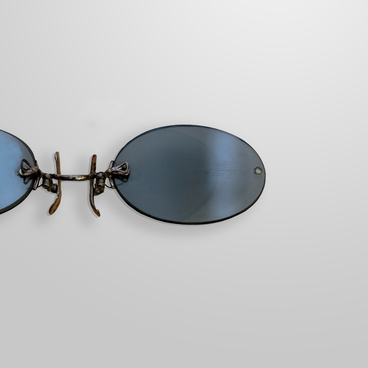The metal biscuit box was produced in the late 19th or early 20th century for one of the largest trading houses of pre-revolutionary Russia.
In 1853, a French entrepreneur Adolphe Siou came to Russia and got a job at a small perfume company. Some time later, when he secured some funds, he decided to start his own business, and on November 24, 1855, together with his wife Eugenie, he opened a confectionery with a small workshop on Tverskaya Street in Moscow. The shop was right above the workshop in the basement of the house on Tverskaya Street, where all the goods were produced. Siou did not abandon perfumery, and in 1861 opened a perfume department under the company’s general name “A. Siou and Co”. Siou had three sons: Louis, Charles and Adolphe Jr. All of them studied at the best educational establishments in France, Germany and Russia, knew several foreign languages, served in the French army, and after the end of their service returned to Russia and began working at their father’s factory.
In 1881, the sons founded the trading house “C. Siou and Co”. As co-founder, they took their cousin Armand Siou, who worked at the factory as an accountant and knew the business well. The new company required a new house, and so the founders bought a plot of land from the merchant Teresa Gurney on the Petersburg Highway, where they built a factory equipped with cutting-edge technology. It was quite a sight to behold: for the first time the building was illuminated with electric lanterns, and people from all over Moscow came to see this miracle.
By the end of the 1890s, the trading house “C. Siou & Co” produced the most diverse range of products. The factory had 20 departments producing various sweets. Four perfumery departments and a stationery production were managed separately. The factory had its own printing house. Furthermore, there were also storage and auxiliary facilities on the territory, where crates were assembled, packaging was made, and vans, carriages, and steam boilers were repaired. There was even a laundry and a small hospital at the factory.
The working day at the factory lasted 13 hours: it
started at 7 AM and ended at 8 PM, with compulsory 2 hours of overtime every
once in a while. However, getting a job at the factory was only possible if the
seeker was recommended. Dedicated workers were appreciated. There was a rule at
the factory established by the very first owner: if an employee worked at the
factory for 25 years, they were given a gold watch, if 15 years — silver.
